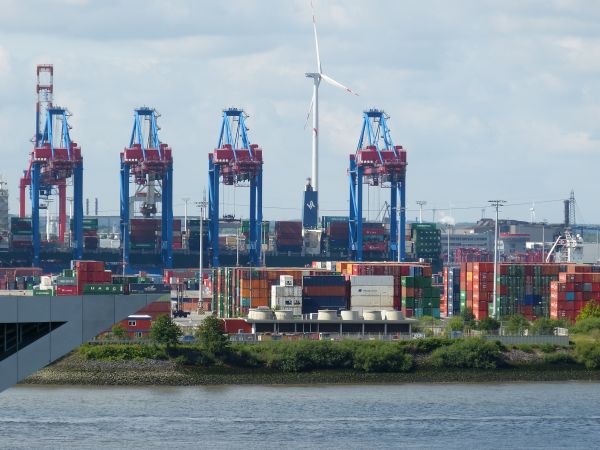Shipping Bookshelves from Guangzhou/Shenzhen to Knoxville, TN, USA
Shipping Methods: FCL and LCL
Full Container Load (FCL):
For larger shipments, Full Container Load (FCL) is a common choice. In this case, a 20-foot or 40-foot container can be used to transport the bookshelves. FCL shipping means the entire container is dedicated to the goods from one consignee, offering a more secure and cost-efficient option for larger shipments. The key benefits of FCL shipping include:- Faster transit time: With a dedicated container, there is no need for consolidation or deconsolidation at various ports.
- Reduced risk of damage: Since the container is used solely for your shipment, there is less risk of damage from handling other goods.
- Cost-effective for large shipments: If you are shipping a large volume, FCL may be cheaper than LCL.
Less than Container Load (LCL):
For smaller shipments, Less than Container Load (LCL) is a more economical option. LCL allows the shipper to share a container with goods from other customers. This is ideal for shipments that do not fill an entire container. The key features of LCL shipping are:- Cost-efficient for small shipments: Only pay for the space your goods occupy in the container.
- Longer transit time: Because the goods are consolidated with others, LCL shipments may take longer as they are handled at different ports for consolidation and deconsolidation.
- Suitable for smaller or irregular shipments: LCL works well when you do not have enough cargo to fill an entire container.

Shipping Route and Transit Time
The journey from Guangzhou or Shenzhen to Knoxville, TN, USA, typically involves sea transportation to the port of entry in the United States, followed by inland delivery to the final destination. The typical sea transit time for this route is approximately 29 days, depending on the specific shipping line and any potential delays along the way.
- Sea Freight Transit Time: About 29 days from China to the U.S. East Coast or Gulf Coast ports.
- Inland Transport: After arriving at a port (such as Charleston or Savannah), the bookshelves will be transported inland to Knoxville, TN. This additional leg can take several days, depending on the exact distance and transportation method.
Packaging of Bookshelves
When shipping bookshelves internationally, proper packaging is crucial to ensuring the goods arrive in good condition. Here’s how bookshelves are typically packed for sea freight:
Disassembly: If possible, bookshelves should be disassembled to minimize space and reduce the risk of damage during transit. Removing shelves and other detachable parts helps protect fragile items and makes packaging more manageable.
Bubble Wrap and Foam Padding: Individual parts of the bookshelves should be wrapped in bubble wrap or foam padding to protect them from scratches and dents. These protective materials absorb shock and prevent damage during handling.
Cardboard Boxes and Wooden Crates: After wrapping the pieces, the bookshelves or their components should be placed in sturdy cardboard boxes. For extra protection, wooden crates can be used for large or high-value items. Crates provide enhanced stability and protection from external impacts.
Stretch Film: To secure the items in place, stretch film can be applied over the wrapped and boxed components. This ensures that everything remains in position during the entire journey.
Labeling: Each package should be clearly labeled with the destination address, handling instructions (e.g., “Fragile,” “This Side Up”), and any other relevant information such as a tracking number or bill of lading.
Customs Clearance and Import Process
Once the bookshelves reach the port in the United States, they will go through customs clearance before being transported to Knoxville. To ensure a smooth import process, it’s important to have all the necessary documentation ready, including:
- Bill of Lading (BOL)
- Commercial Invoice
- Packing List
- Import Declaration Form
After customs clearance, the bookshelves will be transported via truck to Knoxville, TN. Depending on the shipping method, the bookshelves could be delivered directly to the destination or moved to a local warehouse for further handling.



